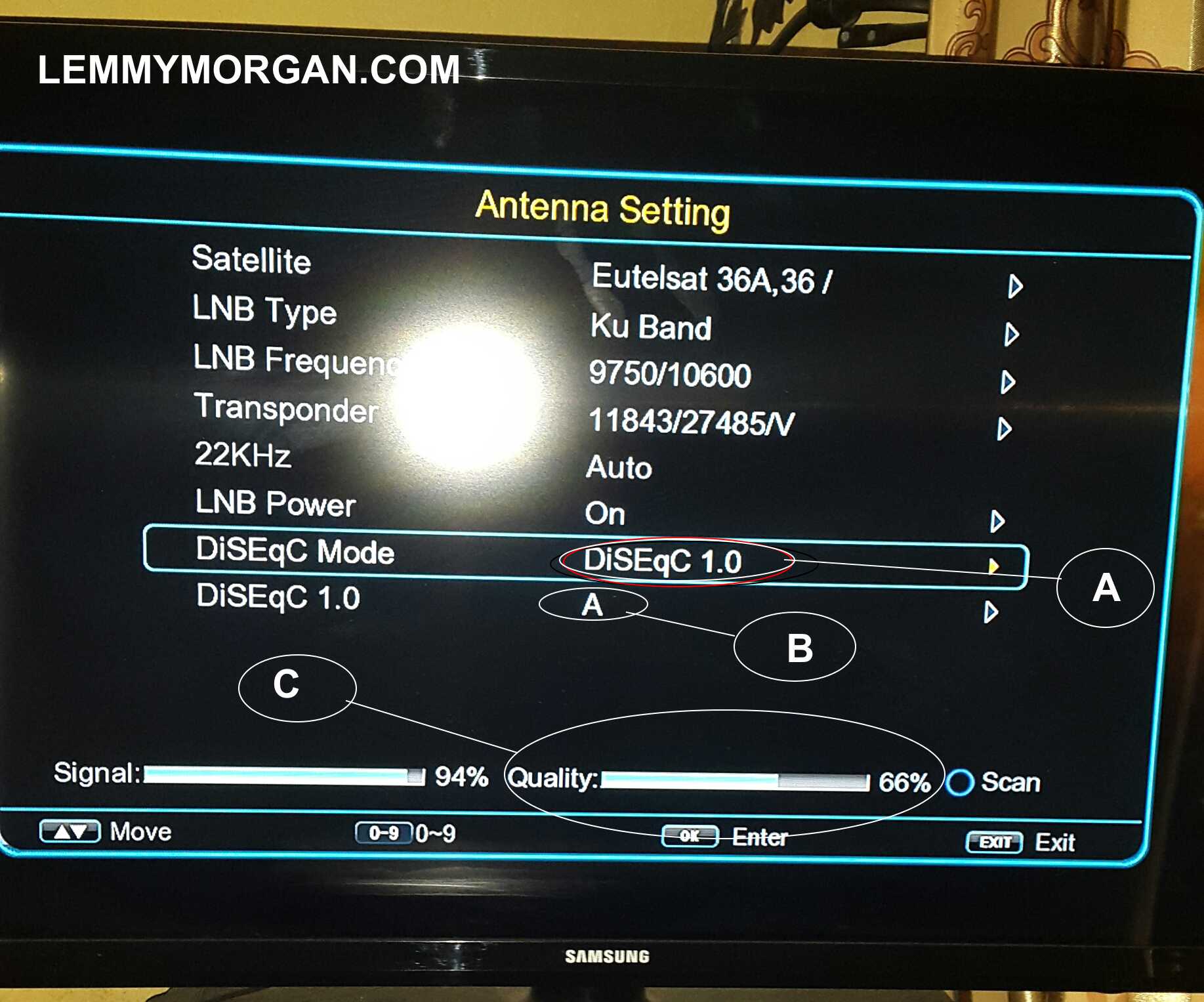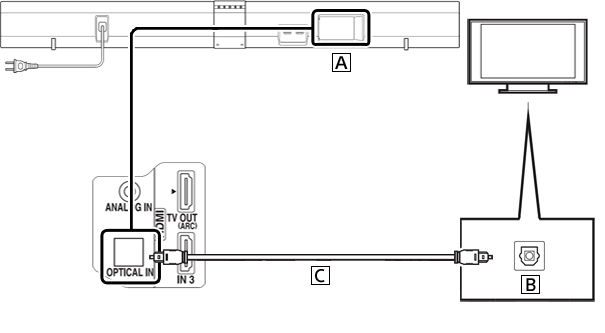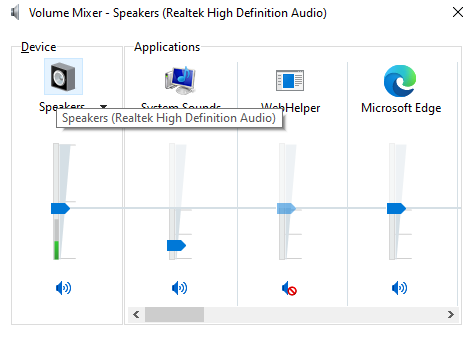
Apple HomePod 2 is the new smart speaker from Apple. It's available now in stores. The HomePod 2 is very similar to its predecessor, but has some unique features.
This speaker will be your hub for smart home setups. It can control light bulbs, security cameras, and other devices by third-party vendors. You can use the built-in temperature sensors and humidity sensors to adjust your blinds or turn fans on or off based upon these variables.
It can also listen out for carbon monoxide alarms and will notify you when it detects them. You'll have to update the speaker's software to take advantage of this feature, though.

There are still a few issues with the smart speaker, however. For one, Siri remains an inferior voice assistant next to Amazon Alexa and Google Assistant, and there's a lack of native platform support if you want to use other services. Siri doesn't always know the right way to respond. This can frustrate users and lead to the speaker playing the wrong song.
The HomePod 2's sound quality is better than the original. It has a 4-inch woofer that moves an impressive 20mm to produce a more powerful, rich sound. It's backed up by five tweeters that have been reduced from seven in the original model, though this should still be enough to provide a more robust and accurate audio output.
Spatial Audio is another important part of the HomePod's feature set. This allows the device to detect the room it's in and automatically adjust its audio to fill that space, resulting in more immersive sound. This is particularly helpful for streaming Dolby Atmos tracks to a TV via Apple Music and movies on an Apple TV 4K.
The new HomePod is also the only Apple-made speaker that can actually play back Apple Music tracks in high quality lossless format. This is an important feature as many other speakers don't have this ability.

The microphones have been upgraded and it can detect 'Hey Siri!' commands much more accurately than the predecessor. It's also more sensitive to low frequencies and is better at detecting people in a room.
Many of these improvements were made to correct criticisms about the original HomePod's bass-heavy design. However, it's difficult to know if they will make a significant improvement in audio quality. Although the original HomePod was capable of filling a room in sound, it was not particularly impressive. It could also only do this for one room at a time.
The new HomePod is available online and in Apple stores starting February 3. It should arrive in the UK within 24 hours, if possible. It'll be available in white and black for $299, PS299, and EUR349 (around PS249.99). You can order a white HomePod for $8 express shipping if you place your order before launch.
FAQ
Which wireless speaker system is best for TV?
Wireless speaker systems should be designed for today and not yesterday. The sound quality of audio products today must be superior to the previous generation.
Speakers of today are smaller, lighter and more versatile than ever.
They also come at a lower price than ever before. If you're looking for a home-theater speaker system, ensure that the performance is within your budget.
Visit an electronics store to hear the products playing music. This is a great way to determine which products are right for you.
Pay attention to the following: bass response, clarity and volume control. These features are crucial because they affect how the speaker system performs within different rooms.
Consider whether wired or WiFi connectivity is what you prefer. Wireless connections are more efficient than wired connections, but they do require extra equipment like a Wi-Fi router.
Wireless speakers are easier than wired speakers. However, they are often less flexible than wired speakers.
You should ensure that your wireless model has a minimum range of 20 feet in order to be able to move around freely and without losing signal.
Is Samsung or Bose better?
Both companies excel at audio quality. Bose takes the crown in terms of sound quality.
Samsung produces great products. I recommend Bose.
Bose headphones cost more than Samsung headphones, and that's why I said so. But, you get what's on your side.
Bose headphones have a premium look and feel. Samsung headphones on the other side have a plastic shell and aren’t very attractive.
But both brands make outstanding products. Choose the one that suits you best.
How do you choose the right size speakers for your needs?
It is a good idea to assess the amount of space in your house before making any major decisions. Are you trying to add speakers to every corner? Or, would you rather add just a few speakers to a few key areas?
The second factor to consider is what kind of music you plan to listen to. You may need smaller speakers if your preference is classical music. On the other hand, if you love rock 'n' roll, you might need bigger ones.
Consider whether all of your speakers should be wired or wireless. Wired speakers use wires to transmit power and signals. Wireless speakers don't require cables. However, they aren't nearly as powerful as wired models.
What are the main differences in speakers?
There are four main types, bookshelf speakers; center channel speakers; subwoofers; tower speakers. Each has pros and cons. These are the major differences between these speakers.
Bookshelves speakers appear similar to traditional bookhelves. They sit on top a surface like a table or shelf.
The center channels are smaller versions full-size speaker cabinets. They are usually placed on the ground next to your recliner or couch.
Subwoofers produce deep bass sounds. Subwoofers are usually only noticed by people who turn up the volume.
Tower speakers can be large boxes that stand on their feet. They can be used to create powerful audio across large areas.
A system can include any combination of speakers. You can add more towers to make a bigger, louder sound.
What are my options in choosing a home cinema system? What are the main factors to consider?
When shopping for a home theater system, there are many choices. Each type has its own advantages and disadvantages.
A 5.1 surround system will offer five channels of sound, including two front left, left, center and subwoofers; one rear right, left, and center channel; as well as one tweeter. You will hear clear dialogue through the speakers on the left and right, and you'll also get rich, deep sound from the subwoofer or center channel.
This arrangement is preferred by some people because they can hear every word in the movies. Others enjoy watching movies with friends and family members with different tastes in music.
No matter what your budget, make sure you get a home theatre system that suits your needs.
Consider, for instance: You might decide that music will be your main source of entertainment and you don't want to watch TV. If this is the case, you may opt for a wireless stereo instead of a surround-sound system.
The screen you choose should be a flat one or curved. Flat screens do not curve around the edges which makes them easier to install.
However, they can be uncomfortable for viewing images. Curved screens offer a wider viewing angle and are more comfortable.
Professional installation services are required for a curved-screen screen. If you're planning on purchasing a new TV, ask your dealer about getting a warranty on the screen.
When choosing a home theater, the last thing you should consider is the space in which the system will be placed.
In general, bigger rooms need larger speakers. For example, a 6 1/2-foot-wide by 8-foot-tall room would need speakers with a width (3 feet) and a height (4 feet).
Be aware that larger speakers usually cost more. Make sure to budget appropriately if you are going to install your home theater in a larger space.
Do not forget to include any other entertainment system you may be considering purchasing. It may surprise you to see how quickly your home theater expenses can increase!
Statistics
- 10% off all sitewide purchases + (wired.com)
- According to a study released In March 2020, the six biggest tech development companies, Proceedings of the National Academy of Sciences of the United States of America (en.wikipedia.org)
- Extra 20% off sitewide - Dyson promo code 2022 (wired.com)
- $10 off TurboTax Premier Service code 2022 H&R Block Coupon 20% (wired.com)
- Amazon is likely to release new models very soon (there is an event on September 28), so you should wait until that event is over to buy. (wired.com)
External Links
How To
What should I spend to get a quality sound system?
Three important things to consider when selecting a speaker system that will fit your home entertainment center: First, what amount of money are you willing to invest? Second, where will you place the speakers? Third, what music do you listen?
When buying audio equipment, the most common mistake is to think that larger is better. The speaker cabinet's size doesn’t matter as much as the ability to reproduce low frequencies accurately. You'll need a larger cabinet if classical music is your main focus. This is because the bass notes are more powerful. You might prefer a smaller cabinet if you listen to rap, rock, and pop music.
A common misconception is that higher quality speakers equals better quality. Although it is true that higher prices may indicate better engineering or materials, it is not always the case. Poor drivers and inferior materials can cause distortions and result in lower volumes. This can lead to an unpleasant experience.
The type of amplifier used for driving the speakers is not something you should worry about. Some amplifiers were made specifically for hi fi systems while others were designed for stereo applications. You can even find amplifiers that are specifically designed for car stereos.
It is best to avoid placing speakers under your TV screen. This will not only block the view but also lower the volume. Instead, position them above the television set, near the ceiling. You will be able to hear the maximum volume without straining your ears.
The last thing you need to do is consider your musical tastes when choosing the speaker. For example, if you listen mainly to classical music, you may want to buy bookshelf speakers. These speakers have a longer throw woofer that allows for the sound to travel further. These speakers are bulky and large, so they can be difficult to fit in smaller spaces.